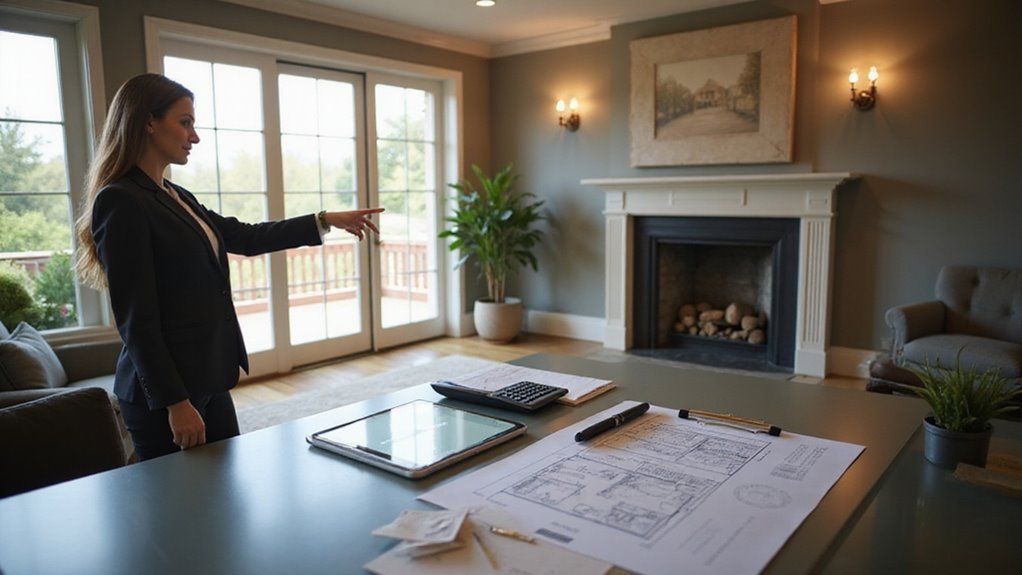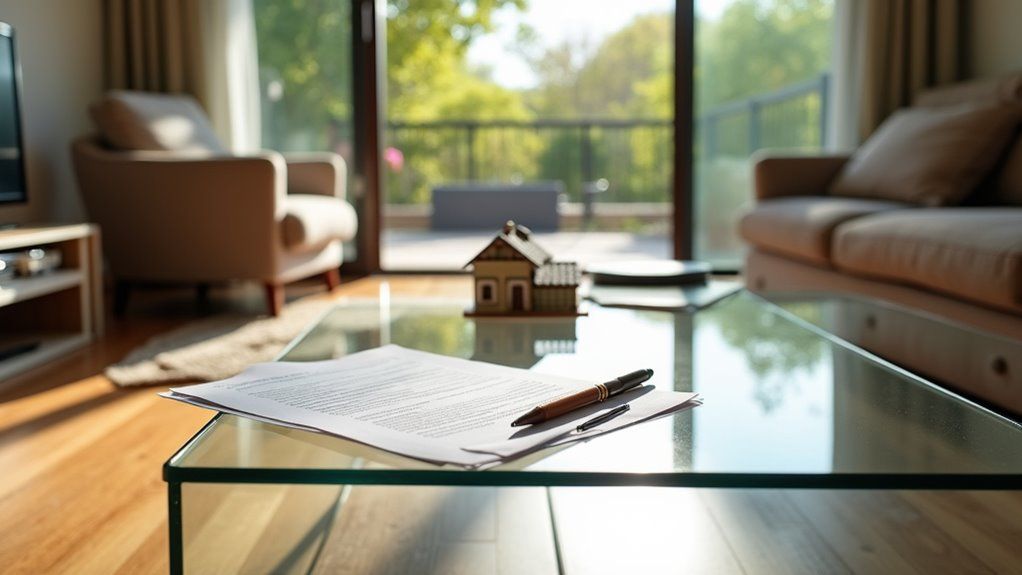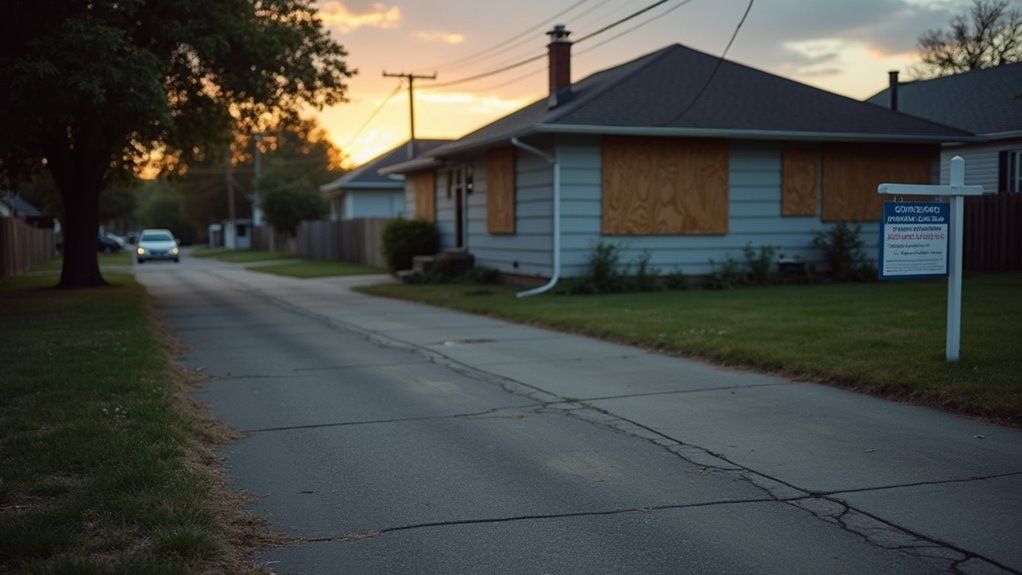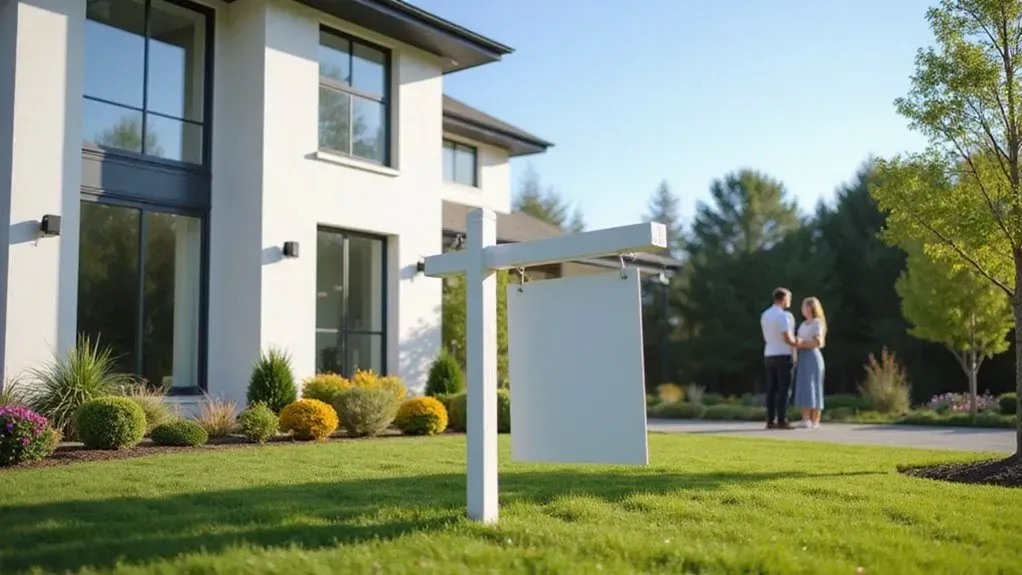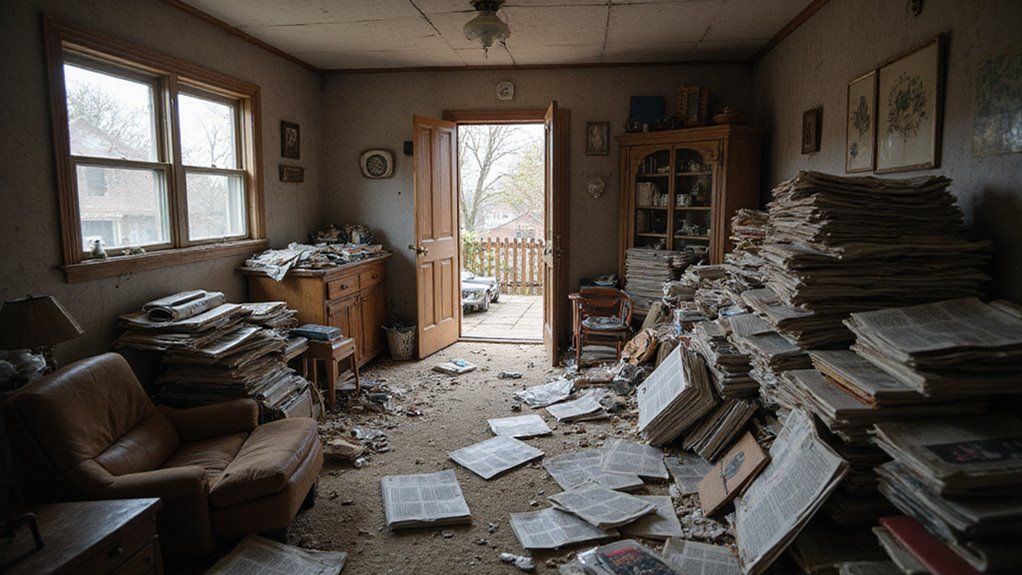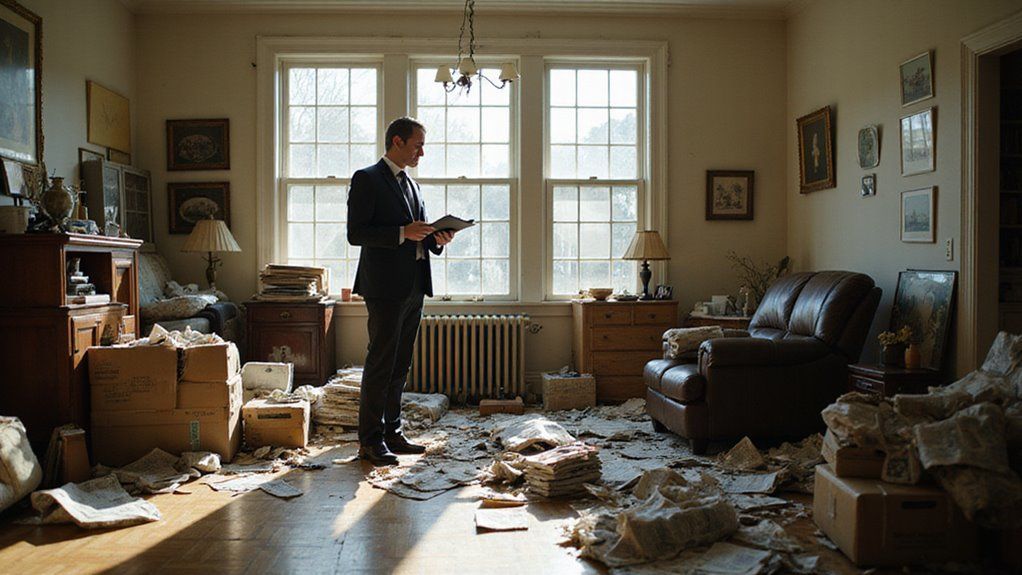How to Sell a Hoarder House As-Is Vs With Repairs

Selling a hoarder house is a tough decision. Many homes in the U.S. have hoarding problems, which can hurt their value. Owners often wonder if they should sell as-is or fix the home first.
These homes usually take longer to sell and attract fewer buyers. Cleaning and repairing can cost a lot of money and time. Sellers also face stress from legal and safety issues.
Selling a hoarder house as-is is often the best choice for saving time and reducing stress. You avoid repair costs and can sell faster. This approach also limits your legal risks.
This blog will guide you through each step to help you solve this problem and make the right decision.
Key Takeaways
- Selling as-is is faster, often closing in 14–30 days, but usually results in a 20–30% lower sale price.
- Selling with repairs attracts more buyers, can increase the sale price, but takes longer and involves higher upfront costs.
- As-is sales typically appeal to cash investors and reduce stress by eliminating the need for cleaning or renovations.
- Repairing before sale improves property appeal and buyer confidence but carries risks of unexpected expenses and project delays.
- Consider your timeline, budget, and willingness to manage repairs to choose the best selling strategy for your situation.
Understanding the Challenges of Selling a Hoarder House
Selling a hoarder house often brings unique challenges. Too much clutter can make it hard to show the home’s value. Buyers may feel overwhelmed and lose interest quickly.
Traditional marketing photos usually do not show the home’s potential. Appraisers might give the home a lower value because of visible neglect. If this happens, the final sale price could drop. Clutter can hide a home’s true value, leading to lower appraisals and a reduced final sale price.
Emotional attachment to items can slow the selling process. The owner may find it difficult to remove belongings. Delays can occur if strong feelings are involved.
If you use temporary storage, you can clear main areas without throwing away special items. This step helps the home look more appealing to buyers. It also makes showings and inspections go more smoothly.
Additionally, cash buyers can often close quickly and with fewer contingencies, helping you avoid prolonged delays and increasing the chances of a successful sale.
Assessing the Condition of the Property
To assess a hoarder house, look for all visible and hidden problems. These issues can affect how easily you can sell the home. If you skip this step, you may face surprises later. Recognizing property condition early helps in planning repairs or disclosures effectively. Start by checking the home's outside appearance.
Overgrown plants, messy porches, or broken walls can scare buyers away. First impressions are important. A professional inspector can find problems you might miss. These may include unsafe wiring, weak floors, or leaks.
Hoarding often causes mold, pests, or damage over time. Take photos and write notes about everything you find. If you collect this information, you can share it honestly with buyers.
This helps you plan what to fix or disclose before selling. Being aware of repair needs also allows you to evaluate whether repairs are worth the investment or if selling as-is is more advantageous.
Weighing the Costs of Repairs
You'll need to estimate repair expenses accurately by gathering contractor bids and reviewing recent sales of renovated homes in your area.
Compare these projected costs to the potential increase in sale price to determine if the investment makes sense. This analysis lets you decide whether repairs will yield a worthwhile return or if selling as-is is the more powerful financial move.
Additionally, be cautious of red flags such as unrealistic offers or unprofessional conduct from cash buyers. When considering options, remember that a cash home buyer in Lakewood can often provide a quick, hassle-free sale without the need for repairs.
Estimating Repair Expenses
Estimating repair expenses is important before selling a hoarder house. You need to list all possible costs, such as junk removal, cleaning, and repairs. This helps you choose whether to sell as-is or make improvements.
Junk removal can cost between $1,000 and $5,000. Professional pest control usually ranges from $250 to $1,500, depending on the situation. Structural, HVAC, or plumbing repairs may each add thousands more.
Home staging may cost $2,000 to $4,000 if you want the house to look its best. You should get at least three quotes for each service. This will help you build a reliable repair budget and plan your next steps.
Weighing Potential Profits
Repair costs can be high, so you must compare them to your possible profit from selling a hoarder house. Look at sales of similar homes, the after-repair value, and what buyers want in your area. If you stay objective, you can avoid spending too much.
You should calculate the cost of repairs against the price you could get after fixing the house. Always subtract any holding and selling costs from your expected profit. This gives you a clear view of your financial return.
Non-monetary benefits may also matter. If you sell or improve the property, you could reduce your stress and help the neighborhood. If the area improves, more buyers might become interested.
Facts should guide your decision. If you use data, you are more likely to make a smart and profitable choice.
Benefits of Selling As-Is
Selling a hoarder house as-is makes the process faster and simpler. You do not need to make repairs or renovations. This attracts buyers who want to fix up homes themselves. Many investors and cash buyers prefer as-is properties. If you sell as-is, you might close in as little as 7–30 days.
Traditional sales often take more than 50 days. Home staging, cleaning, and storage are not required when you sell as-is. This can save you thousands of dollars in fees. Owners also avoid the stress of sorting through personal belongings. If you want a quick and easy sale, selling as-is is a good choice. Negotiations about repairs are not needed.
The process is more direct and lets you move on sooner. Understanding the benefits of selling as-is can help you make an informed decision. Additionally, knowing how to identify cash buyers who are interested in as-is properties can streamline your sale further.
Drawbacks of Selling As-Is
When you sell a hoarder house as-is, you’ll likely face a lower sale price and attract fewer qualified buyers. Most traditional buyers prefer move-in ready properties, so your market pool shrinks significantly.
Industry data shows as-is homes often sell for 20-30% less than comparable repaired properties, impacting your bottom line. Additionally, setting reasonable pricing is crucial to avoid prolonged market time and to align with current buyers’ market conditions.
Lower Sale Price
Most hoarder houses sold as-is have lower sale prices. Cash buyers usually offer less because they expect major problems. These buyers are investors who use strict calculations to decide what they will pay.
Homes in this condition often sell for 30-50% less than fixed-up properties. The appraised value will be lower due to visible and hidden damage. If you are not making repairs, you lose bargaining power.
Buyers will base their offers on the highest possible repair costs. You should expect less money than if the house was repaired. Knowing this helps you plan and set realistic goals.
Limited Buyer Interest
Selling a hoarder house as-is means fewer buyers will be interested. Most regular buyers avoid homes with clutter or heavy damage. This limits your main buyers to investors and cash buyers.
Fewer buyers usually lead to lower offers and less competition. As a result, your home may be valued lower. If you want more interest, you must market directly to investors or people who buy fixer-uppers.
You should use clear ads and honest property details. Industry data shows these homes can stay on the market up to 50% longer. If you sell as-is, expect a slower sale and a likely lower price.
Advantages of Making Repairs Before Selling
Making repairs before selling your home can help you get a better price. Fixed homes usually attract more buyers and sell faster. If you address repairs, you can make your house more appealing to most people. Additionally, a well-maintained property can better compete in the market, increasing your chances of a favorable sale.
A repaired home often sells for more money than one sold as-is. Buyers may feel more confident if they see a well-maintained property. You might even receive multiple offers, which could raise the price.
Move-in ready homes appeal to traditional buyers, not just investors looking for a bargain. If you want a smooth sale, fixing problems can reduce delays. Inspection issues are less likely to cause renegotiations if you handle repairs first.
Potential Downsides of Making Repairs
When you start repairs on a hoarder house, you’ll often face unexpected costs that can strain your budget. Industry data shows these projects frequently take longer than planned, delaying your sale and increasing holding expenses.
To avoid profit erosion, it’s crucial to weigh these risks before committing to renovations. Proper pricing based on local market conditions can help you decide whether to repair or sell as-is, minimizing financial surprises.
Unexpected Costs Arise Quickly
Unexpected costs can arise fast when making repairs to a hoarder house. Simple fixes often reveal hidden problems like mold or damaged wiring. These extra issues quickly drive up your repair budget.
Industry data shows repair costs for hoarder homes often go 15–30% over your first estimate. These surprises make it hard to know your final profit. Emotional ties can lead you to spend more than you should.
Common hidden costs include removing hazardous materials and upgrading systems to meet code. You might also face high fees for cleaning and junk removal. If you recognize these risks early, you can make a smarter selling decision.
Extended Selling Timeline
Repairing a hoarder house can make selling take much longer. Hidden problems like mold or bad wiring may appear during repairs. Each issue can add days or weeks due to extra inspections and permits.
Contractor delays are common and can push your timeline further. If the market changes while you wait, your house might lose value. Buyers may hesitate if your property sits too long.
If you sell as-is, the process is usually faster and more predictable. Repairs make the timeline longer and less certain. Consider the risks before choosing to repair.
Types of Buyers for Hoarder Houses
Investors, bargain hunters, and rehab specialists are the main buyers of hoarder houses. These buyers are not looking for perfect homes. They see a chance to improve the property or rent it out.
Industry data shows more than 60% of hoarder houses are bought by cash investors. Cash investors often focus on distressed properties and move quickly. They accept the risks because of possible rewards. Evaluating experience of cash buyers can help ensure you work with reliable investors who understand the complexities involved.
Real estate investors buy these homes to flip or rent. They usually do not mind the current condition. Contractors and rehabbers look at repair costs and check zoning rules.
Some bargain homebuyers are also interested in hoarder houses. They want a lower price and do not need luxury features right away. If they are willing to do repairs, they might find a good deal.
Additionally, understanding finding reputable cash buyers can help streamline the sales process and ensure a reliable transaction.
How to Find Investors or Cash Buyers
To find investors or cash buyers, use methods that quickly connect you to interested parties. Start by listing your hoarder house on online platforms focused on distressed properties. These sites attract buyers who want to renovate and resell homes.
Join local real estate investment groups if you want to meet active investors. You could also attend property auctions, which are common places for investors to look for unique deals. These events help you build a network of serious buyers.
When advertising your property, include a recent valuation and a market analysis. This information shows buyers the home’s as-is value and possible profit after repairs. If buyers see clear numbers, they can make decisions faster.
Consider running social media ads or sending direct mail to target cash buyers in your area. Targeted marketing reaches people most likely to buy quickly. If you use accurate data in your marketing, you will attract serious investors.
Additionally, emphasizing the streamlined selling process of cash sales can motivate buyers who want quick transactions without repair delays.
Working With Real Estate Agents Experienced in Hoarder Properties
A real estate agent who knows hoarder properties can help sell your home faster and for a better price. This agent understands the unique problems these homes have. If you want a smooth selling process, you should work with an expert in this area. They can also assist in navigating legal deadlines and legal requirements specific to these types of properties, ensuring a compliant and efficient sale.
The agent can give an accurate price by looking at similar homes. They will suggest ways to make your home look its best, even if it needs work. If you follow their advice, you can attract more buyers. Agents with experience in hoarder homes use special marketing methods.
They know how to reach buyers interested in as-is or fixer-upper properties. If you choose the right agent, you will likely have a quicker and more successful sale. Showcasing your home can be especially effective in these situations to highlight the property's potential and attract interested buyers.
Legal and Disclosure Requirements
Hoarder houses often have serious damage and safety risks. You must meet all legal and disclosure rules before selling. Most states require you to share known problems like mold, pests, or broken structures.
If you do not disclose these issues, buyers might sue or cancel the sale. Always review your state’s disclosure forms before listing. A real estate lawyer can help if you are unsure about the rules.
The National Association of Realtors says over 20% of real estate lawsuits involve disclosure mistakes. It is smart to keep records and share inspection reports. This will help you avoid legal trouble and build trust with buyers.
Cleaning and Staging Tips for Hoarder Houses
To maximize your selling price, you’ll need a targeted approach for decluttering that removes at least 60% of visible contents, based on industry best practices. Focus on minimalist staging essentials like neutral paint, open floor space, and simple furnishings to help buyers visualize the home’s potential. With these proven strategies, you can increase buyer interest and shorten time on market.
Decluttering Strategies That Work
Decluttering a hoarder house can make it much easier to sell. Clean spaces attract buyers and can increase the sale price. Simple strategies help buyers see the true value of your home.
Begin by sorting belongings into three groups: keep, donate, and throw away. If you use storage bins and shelves, you can organize items more quickly. Focus on key rooms like the kitchen and living room first.
If you remove unwanted items regularly, the process stays manageable. Label bins clearly to avoid confusion. Strategic decluttering often leads to faster sales at higher prices.
Minimalist Staging Essentials
Minimalist staging uses simple decor to make a home look clean and inviting. If you remove clutter, buyers can better see the space. Neutral colors and basic furniture help rooms feel calm and open.
Arrange furniture to show off the size and flow of each room. Surfaces should stay clear to make the space look bigger. Natural light can brighten rooms and add a welcoming feel.
Deep cleaning the home is important, especially in kitchens and bathrooms. Buyers will notice if the home looks and smells clean. If you remove personal items, buyers can imagine living there.
Minimalist staging can help a house sell faster and for a better price. If you follow these steps, your home will attract more interest.
Determining the Right Price for Your Property
To find the right price for your property, start by looking at recent sales of similar homes nearby. Use this information to set a fair price that matches the property's current condition. If the house needs a lot of work, you should consider this in your price.
A market analysis helps you see what buyers are paying for homes like yours. You can also ask real estate experts who know about hoarder or distressed properties. Their advice may help you spot things that affect your price.
You should check how much it will cost to fix the house compared to others in the area. Investors often look for lower prices on hoarder homes. If your house takes a long time to sell, you might need to lower the price or cover extra costs.
This careful planning helps you sell your property successfully.
Timeline Expectations for Each Selling Option
Selling a hoarder house as-is is much faster than selling after repairs. As-is sales often close in 14–30 days. Selling after repairs can take several weeks or even months.
The as-is process is quicker because investors and cash buyers usually skip inspections and mortgage approvals. If you choose to repair, you must allow time for cleaning, renovations, and possible contractor delays. Repairs may also lead to unexpected costs.
If you want to sell quickly, the as-is option is best. Selling after repairs can bring a higher price but takes longer. Consider financial and emotional factors before deciding.
Conclusion
If you are deciding how to sell your hoarder house, you should consider your priorities and resources. If you want a fast sale and less hassle, selling as-is may be the best choice. If you are willing to make repairs, you could get a higher sale price.
If you choose to sell as-is, you may receive 15-20% less than if you made repairs. However, selling as-is can save you time, money, and stress. Companies like ours buy houses for cash in any condition, including hoarder homes.
If you are ready to sell your hoarder house quickly and easily, we can help. At Jay Primrose Properties, we buy houses for cash and handle all the details. Contact us today to get started with a no-obligation offer.
Give us a call anytime at 253-697-0007 or fill out this quick form to get started today!
Get A Fair Cash Offer On Your House

About the author
Justin Baker
Justin Baker is the founder of Jay Primrose Properties, a leading cash home buying company based in Tacoma, WA. With a passion for real estate investing, Justin has helped numerous homeowners in the Pacific Northwest region sell their homes quickly and hassle-free. Justin believes that buying and selling real estate should be a seamless process and works tirelessly to ensure that his clients have a stress-free experience. With a deep understanding of the local real estate market and a commitment to exceptional customer service, Justin has established himself as a trusted and reliable cash home buyer in Tacoma and the surrounding areas.


